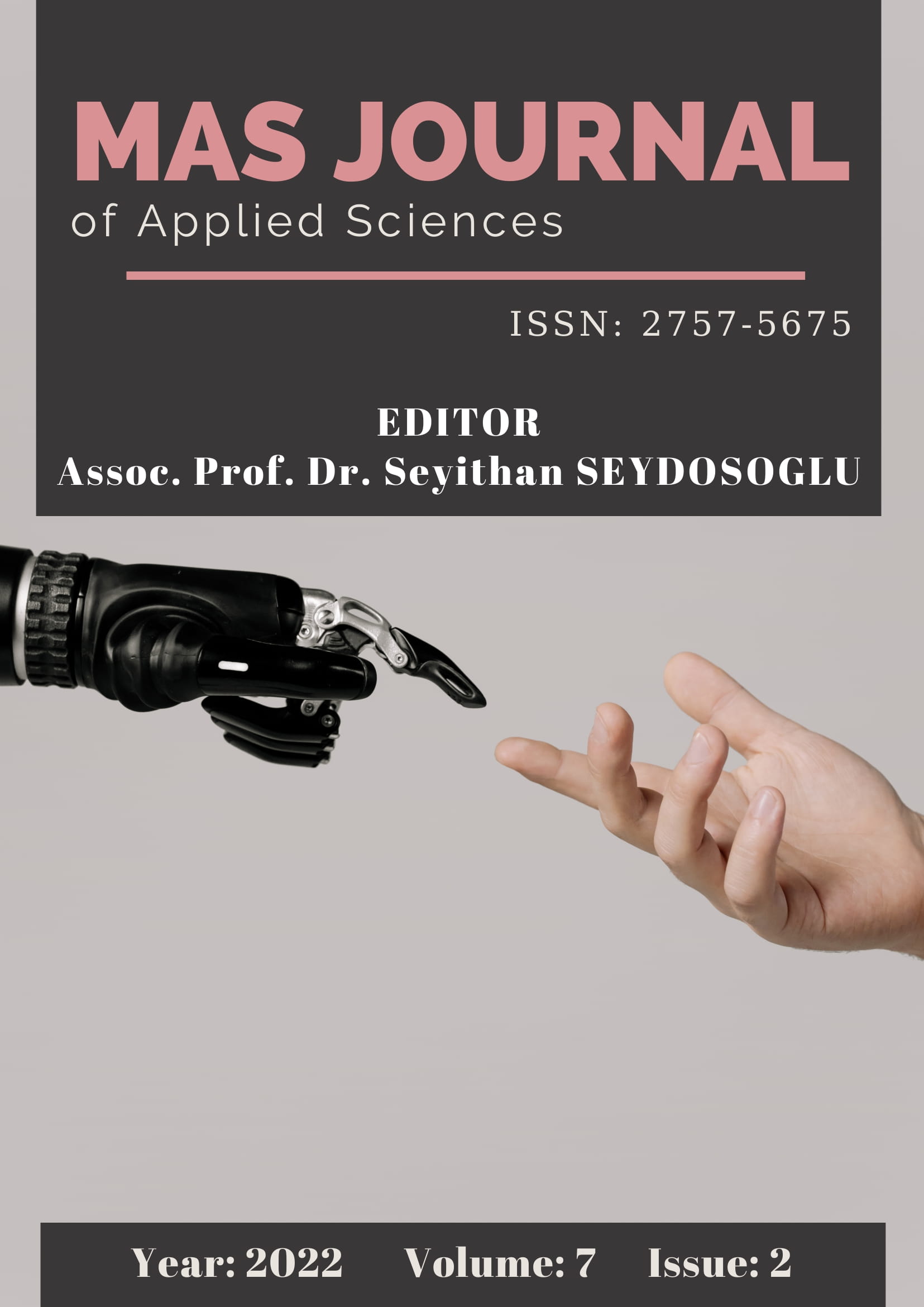Comparision Of Artificial Recurrent Neural Network For Load Forcasting
DOI:
https://doi.org/10.52520/masjaps.v7i2id168Keywords:
Electricity load forecasting, LSTM, RNN, LSTM-CNN, smart gridAbstract
With the development of technology and increasing importance of data, the importance and impact of smart grids is increasing day by day. In smart grids, there are devices that help collect data such as senors, smart meters, smart reactive power relays. Electrical power consumption data is one of the data types collected. Load estimation has been a key issue throughout the development of the modern power system. Estimation of energy consumption profile in smart grids is used in the planning of energy supply, estimation of grid maintenance times. Statistical methods, time series method and recently popular artificial neural network method are used in load estimation. In this study, artificial neural network models were used for electrical energy load estimation. The data used in the study were taken from the energy consumption data of the Eastern Kentucky state of the United States. Before the data were given to the artificial neural network they were standardized by the normalization process. Reccurent neural network (RNN), Long short term memory (LSTM) and Convolutional neural network-Long short term mermory (CNN-LSTM), which are Artificial intelligence-based prediction algorithms, were used together for electrical load estimation. State of Kentucky energy consumption data were trained on these models using the Adam optimizer, each with fifty epcoch and loss functions. Kentucky state energy consumption data were trained on these three models, each one 50 acres (epoch) and using the "Adam" optimizer as the loss function, too. The trained models was tried to estimate the electricity consuption energy amounts on the same test set. These models were evaluated by selecting and comparing the estimated data with the actual data by choosing the mean square error and mean absolute error coefficients. As a result of the comparison of the data obtained from the models, it was concluded that the Convolutional Neural Network- Long Short-Term Memory (CNN-LSTM) model gave the least error rate on the the test data compared to the other two models.
References
Ali Arı ve ark., Tumor detection in MR images of regional convolutional neural networks, Journal of the Faculty of Engineering and Architecture of Gazi University 34(3): 1395-1408.
Berna Arı, Kayısı Yapraklarının Evrişimsel Sinir Ağları Kullanılarak Sınıflandırılması, Fen Bilimleri Enstitüsü, Elektrik-Elektronik Teknolojileri Mühendisliği, Fırat Üniversitesi, 2017.
Cagatay Catal, Ahmet Kaşif, Energy Load Forecasting Using a Dual-Stage Attention-Based Recurrent Neural Network, Sensors(Basel), October, 27, 21(21): 7115.
Chujie Tian, Jian Ma, Chunhong Zhang and Panpan Zhan , A Deep Neural Network Model for Short-Term Load Forecast Based on Long Short-Term Memory Network and Convolutional Neural Network, Energies, 2018.
Çoşkun Hamzaçebi, Forecasting of Turkey’s net electricity energy consumption on sectoral bases, 2017. https://www.kaggle.com/robikscube/hourly-energy-consumption htps://medium.com/@tuncerergin/convolutional-neural-network-convnet-yada-cnn-nedir-nasil-calisir-97a0f5d34cad, Şekil 1)
Salah Bouktif ve ark, Optimal Deep Learning LSTM Model for Electric Load Forecasting using Feature Selection and Genetic Algorithm: Comparison with Machine Learning Approaches, Energies, 2018, Şekil 2).
Y. Xue, C. Wang, and C. Miao, “Research on financial assets transaction prediction model based on LSTM neural network,”Neural Computing and Applications, vol. 1, 2020.
Welcong Kong,Yan Xu,David J.Hill, Short-Term Residential Load Forecasting based on LSTM Recurrent Neural Network, IEEE Transactions on Smart Grid · September 2017.
Wenjie Lu,1,2 Jiazheng Li,3 Yifan Li,3 Aijun Sun ,1 and Jingyang Wang3, A CNN-LSTM-Based Model to Forecast Stock Prices, Hindawi, Complexity, Volume 2020. 2019., Şekil 3)
Downloads
Published
How to Cite
Issue
Section
License
Copyright (c) 2022 The copyright of the published article belongs to its author.

This work is licensed under a Creative Commons Attribution-NonCommercial 4.0 International License.


